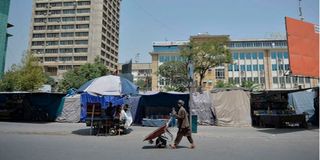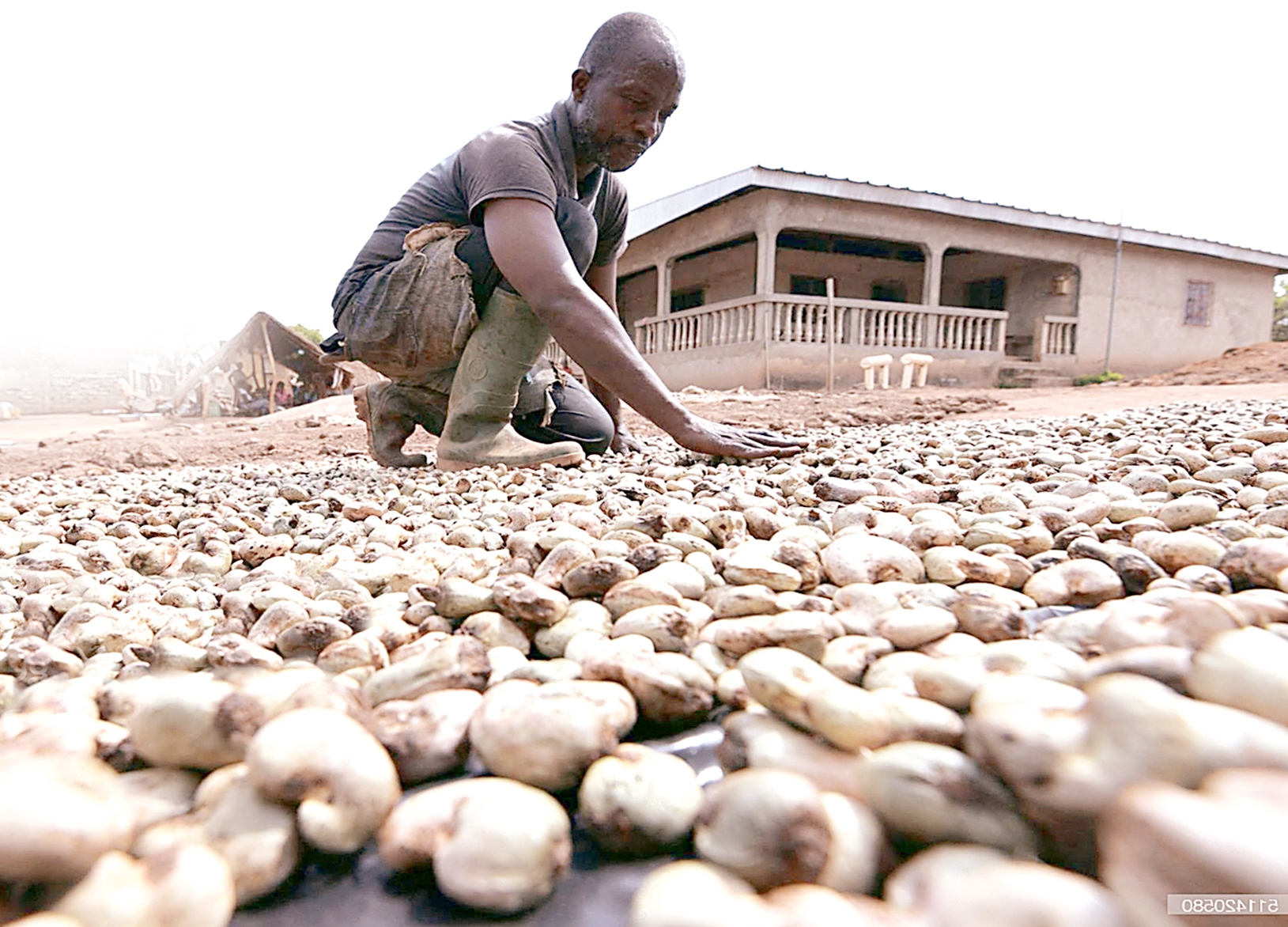Guns, drugs and Taliban: Afghanistan's heroin problem

A man pushes a wheelbarrow along a street in downtown Kabul on August 18, 2021 following the Taliban stunning takeover of Afghanistan. AFP
What you need to know:
The price of heroin, addiction levels, as well as the extent of drug-related violence and smuggling will be influenced by the new rulers of a country that counts opium production as one of its biggest industries.
Afghanistan is by far the world's biggest producer of heroin, supplying between 80-90 percent of global output, making the drugs policies of the new Taliban-led government of crucial importance.
The price of heroin, addiction levels, as well as the extent of drug-related violence and smuggling will be influenced by the new rulers of a country that counts opium production as one of its biggest industries.
International efforts over the last 20 years to eradicate the farming of poppies, whose sap is refined into morphine and heroin, have roundly failed with the area under cultivation roughly four times higher now than 2002.
Anja Korenblik is a senior drugs researcher at the United Nations Office on Drugs and Crime (UNODC) which publishes the annual Afghanistan Opium Survey that relies on satellite imagery and interviews with farmers in 1,500 villages.
She explained to AFP what is at stake and the difficulties in combating the heroin trade:
Why do Afghan farmers grow opium poppies?
"For those farmers who do not have access to alternative livelihoods, the growing of poppies is a good option for them. It offers all kinds of advantages. If you have a little bit of land, you can start growing poppies, and you get relatively good income from that.
Other crops are difficult to get to market. With poppies, you can easily sell opium at the farm gate, the traders come to you. And even though poppy cultivation is illegal, there is no enforcement and weak rule of law."
Which countries consume Afghan heroin?
"Afghanistan is providing to more or less the whole world, except for the Americas, which are supplied by Mexico, and there's also some cultivation in Colombia.
The main markets are in western Europe, but Afghanistan is also supplying to a lesser extent to Asian and African markets.
The countries around Afghanistan have to deal with the consequences of criminal groups trafficking in their country and there is usually a spillover effect of people using heroin in those countries where it's trafficked."
How did the Taliban benefit from heroin?
"Their income came from taxing opium. In many villages, farmers had to pay taxes on the sale of opium of around 6.0 percent. Depending on the years and hectares under cultivation, this amounted to 15-30 million dollars per year.
But in addition, if you control an area, you can also tax the manufacture and trafficking of opiates, and assuming that this is taxed in a similar way, annual income can go up to $100 million or more."
The Taliban banned poppy cultivation in 2000. What happened?
"Opium cultivation declined from 82,000 hectares in 2000 to 8,000 hectares in 2001, and those 8,000 hectares were in the northern region which at that time was not under Taliban control. So they were able to enforce the ban.
It had a major impact on opium prices which went up from $30 per kilogram to reach a maximum of $700 per kilogram.
The problem was not resolved, however, because the real causes of this whole illicit opium economy were not addressed."
How important is opium to Afghan farmers industry?
"The majority of the farmers are very poor. They are under pressure because in 2018 there was a drought, in 2019 there were floods, then we got Covid. Food prices have been going up.
Their life chances have not improved. Infrastructure has not improved or very little. If they can't grow opium, there will have to be another solution for people to have work, income and food.
People often think that illicit drug cultivation makes everybody rich. That's absolutely not the case. It does make some people very rich, but a lot of people do not get much out of it. For them, it's just the only way to survive in a decent way."





